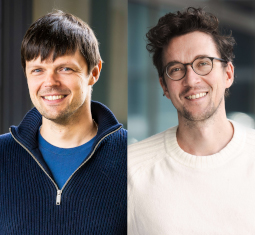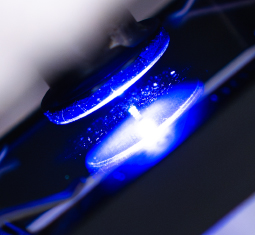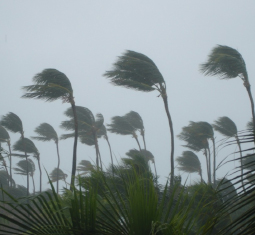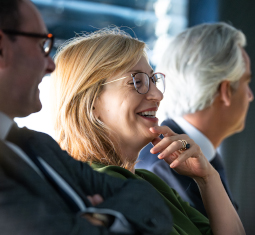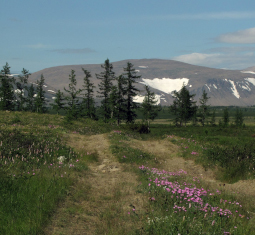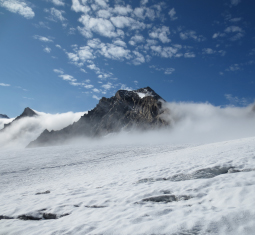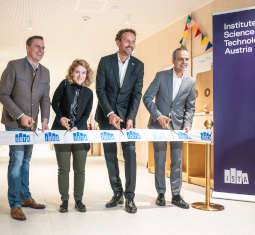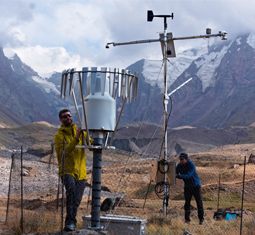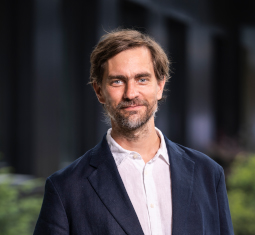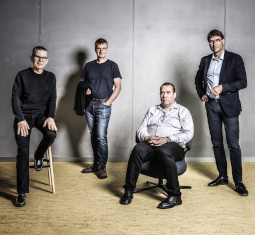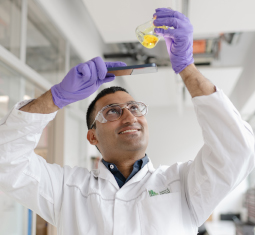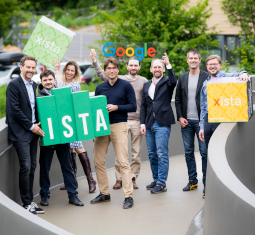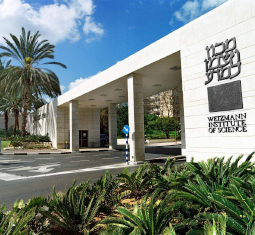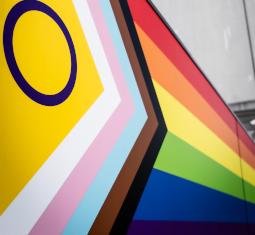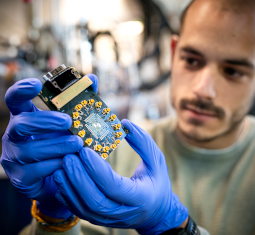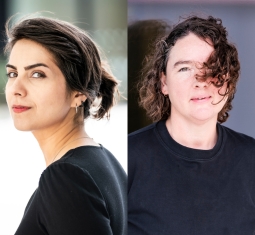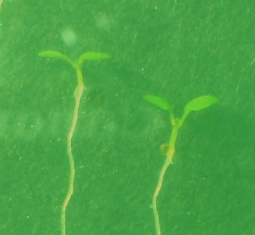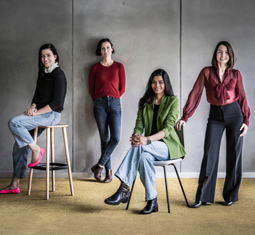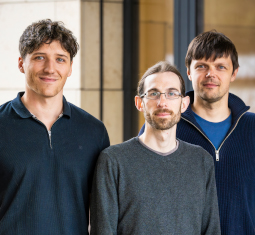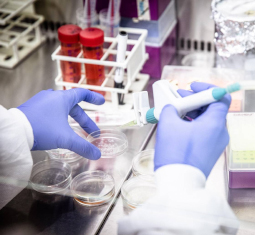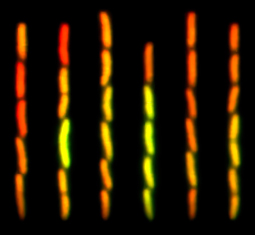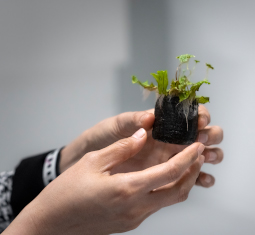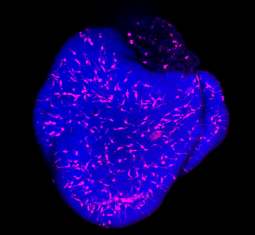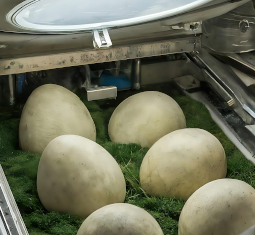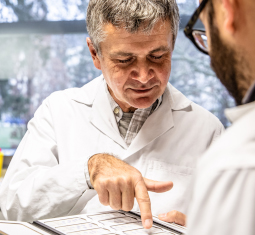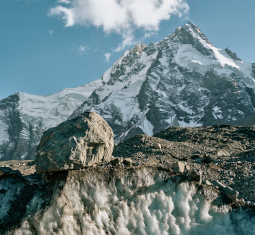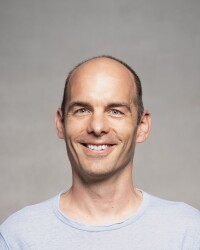Latest News
Upcoming Events
Mar 10, 2026
11:00 am
Faculty (current and future)
Recent Publications
JOURNAL ARTICLE
Electrostatics overcome acoustic collapse to assemble, adapt, and activate levitated matterSue Shi, Maximilian Hübl, Galien M Grosjean, Carl Peter Goodrich, Scott R Waitukaitis
Proceedings of the National Academy of Sciences of the United States of America 2025
JOURNAL ARTICLE
Numerical homogenization of sand from grain-level simulationsYi-Lu Chen, Mickaël Ly, Christopher J Wojtan
ACM Transactions on Graphics 2025
JOURNAL ARTICLE
Cartesian equivariant representations for learning and understanding molecular orbitalsDaniel S. King, Daniel Grzenda, Ray Zhu, Nathaniel Hudson, Ian Foster, Bingqing Cheng, Laura Gagliardi
Proceedings of the National Academy of Sciences of the United States of America 2025
JOURNAL ARTICLE
Developmental regulation of GABAB receptors and downstream molecules in the mouse brainCarolina Aguado, Rocío Alfaro-Ruiz, María Llanos Martínez-Poyato, Ana Esther Moreno-Martínez, Sebastián García-Madrona, Alberto Roldán-Sastre, Pablo Alonso-Gómez, Miriam Fernández, Ricardo Puertas-Avendaño, Ryuichi Shigemoto, Kirill A. Martemyanov, Rafael Luján
Histology and Histopathology 2025
JOURNAL ARTICLE
Generating synthetic task-based brain fingerprints for population neuroscience using deep learningEmin Serin, Kerstin Ritter, Gunter Schumann, Tobias Banaschewski, Andre Marquand, Henrik Walter, George Ogoh, Bernd Carsten Stahl, Ragnhild Brandlistuen, Tamara Schikowski, Allan H. Young, Yu Xinyang, Zuo Zhang, Kofoworola Agunbiade, Di Chen, Sylvane Desrivières, Nicholas Clinton, Paul Thompson, Venessa Köhler, Ameli Schwalber, Vince D. Calhoun, Xiao Chang, Yanqing Zhang, Yuzhu Li, Yuxiang Dai, Jiacan Yuan, Yunman Xia, Tianye Jia, Paul Renner, Sören Hese, Bernhard Spanlang, Charlie Pearmund, Anastasios Polykarpos Athanasiadis, Spase Petkoski, Viktor Jirsa, Karen Schmitt, Johannes H. Wilbertz, Myrto Patraskaki, Peter Sommer, Stefanie Heilmann-Heimbach, Carina M. Mathey, Abigail J. Miller, Isabelle Claus, Markus M. Nöthen, Per Hoffmann, Andreas J. Forstner, Alvaro Pastor, Jaime Gallego, Reiya Itatani, Francisco Eiroa-Orosa, Guillem Feixas, Mel Slater, Gaia Novarino, Sarah Jane Böttger, Mira Tschorn, Michael Rapp, Helga Ask, Rikka Kjelkenes, Sara Fernandez, Dennis Van Der Meer, Lars T. Westlye, Ole A. Andreassen, Rieke Aden, Beke Seefried, Frauke Nees, Maja Neidhart, Argyris Stringaris, Emanuel Schwarz, Nathalie Holz, Heike Tost, Andreas Meyer-Lindenberg, Nina Christmann, Karina Janson, Kerstin Schepanski, Tatjana Schütz, Ulrike Helene Taron, Roland Eils, Jean Charles Roy, Tristram A. Lett, Hedi Kebir, Elli Polemiti, Esther Hitchen, Marcel Jentsch, Emin Serin, Antoine Bernas, Nilakshi Vaidya, Sven Twardziok, Markus Ralser, Andreas Heinz, Gunter Schumann
Communications Biology 2025
JOURNAL ARTICLE
Quantifying spectroscopic flux variations between JWST NIRISS and NIRSpec: Slit losses in emission line measurements of z ∼ 1-3 galaxiesNicolò Dalmasso, Peter J. Watson, Tommaso Treu, Michele Trenti, Benedetta Vulcani, Themiya Nanayakkara, Maruša Bradač, Tucker Jones, Kristan Boyett, Xin Wang, Sara Mascia, Laura Pentericci
Monthly Notices of the Royal Astronomical Society 2025
JOURNAL ARTICLE
The JWST Emission Line Survey (JELS): The sizes and merger fraction of star-forming galaxies during the Epoch of ReionizationH. M.O. Stephenson, J. P. Stott, C. A. Pirie, K. J. Duncan, D. J. Mcleod, P. N. Best, M. Brinch, M. Clausen, R. K. Cochrane, J. S. Dunlop, S. R. Flury, J. E. Geach, C. L. Hale, E. Ibar, Zefeng Li, Jorryt J Matthee, R. J. Mclure, L. Ossa-Fuentes, A. L. Patrick, D. Sobral, A. M. Swinbank
Monthly Notices of the Royal Astronomical Society 2025
JOURNAL ARTICLE
Less water from glaciers during future megadroughts in the Southern AndesÁlvaro Ayala, Eduardo Muñoz-Castro, Daniel Farinotti, David Farías-Barahona, Pablo A. Mendoza, Shelley Macdonell, James Mcphee, Ximena Vargas, Francesca Pellicciotti
Communications Earth and Environment 2025

Back to Top

